
Walt Whitman: Words for America

Looking Down

Nurse, Soldier, Spy: The Story of Sarah Edmonds, A Civil War Hero

Brief text and clear illustration combine to present both information and experiments that will encourage “what if” and “what next” discussions that can comfortably and safely combine with activities appropriate for young children.
I See Myself

Join three children who find a magical piece of chalk that begins an exciting series of events to figure out “what next.” This might be fun to use together with Crockett Johnson’s Harold and the Purple Crayon.
Chalk

Deep in the Forest

Racing Around

A homeless boy and his dad make their home in a busy airport.
Fly Away Home

When a boy learns about palindromes, he begins to see them everywhere. The humorous tale introduces words and phrases that are the same when spelled — and pronounced — forward or backward. Palindrome riddles are presented in Too Hot to Hoot: Funny Palindrome Riddles by Marvin Terban (Sandpiper). Both books have strong visual clues.
Mom and Dad Are Palindromes
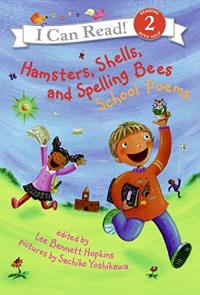
Familiar subjects are presented in short poems by a range of writers. These easier-to read works are just right to encourage careful listening.
Hamsters, Shells, and Spelling Bees: School Poems

Observing changing leaves and tree life cycles are appropriate in fall. Also try Snowballs (opens in a new window), Waiting for Wings (opens in a new window), Growing Vegetable Soup (opens in a new window), and Planting A Rainbow (opens in a new window) by Lois Ehlert for other seasonal science-related activities.
Leaf Man

The Little Red Hen (Makes a Pizza)
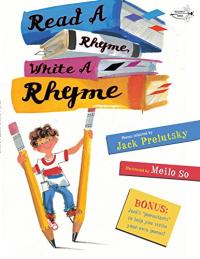
Read a Rhyme, Write a Rhyme
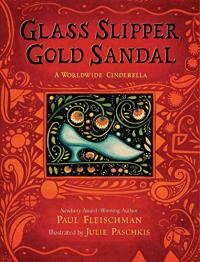
Cinderella stories are found around the world; here, they have been fused into one tale with special characteristics in text and illustrations that reflect the different origins. Expand parts of the story to echo the traditions of the culture and its history from which it comes. It may be possible to develop a map of tales (e.g., ancient vs. modern countries, or as a visual as to where it is/was told).
Glass Slipper, Gold Sandal: A Worldwide Cinderella
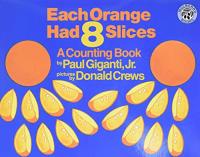
Each Orange Had 8 Slices: A Counting Book
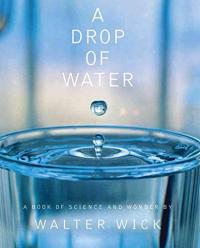
Arresting photographs of water in various states not only introduces water but also weather, solids and liquids, and more. The sophisticated text further encourages experimentation and observation, although is not necessary to use the entire book with younger children.
A Drop of Water: A Book of Science and Wonder
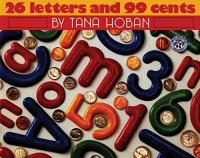
26 Letters and 99 Cents

Clear, textured illustrations of animals and their special parts (e.g., tail, nose) focus readers on the special function of each. Not only is it likely to generate a description of the appendage but its function (what it does), and of the animal and its environment. Other books by Steve Jenkins, such as Biggest, Strongest, Fastest (opens in a new window), may also generate rich descriptive language.
What Do You Do with a Tail Like This?

Separated from the colony, readers join two adventurous ants and see the world from a very different perspective.
Two Bad Ants

The Other Side

Rodeo Time
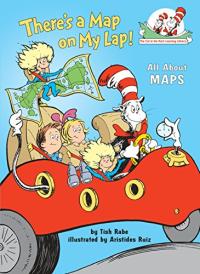
The familiar Cat in the Hat is used to introduce newly independent readers to maps of all kinds.
There’s a Map on My Lap
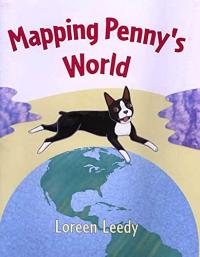
A girl maps her dog Penny’s world from her room, to the neighborhood as well as the tools she uses.
Mapping Penny’s World
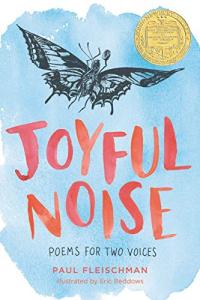
These poems introduce various insects and their lives; ideal for sharing aloud and for relating to informational books on insects.
